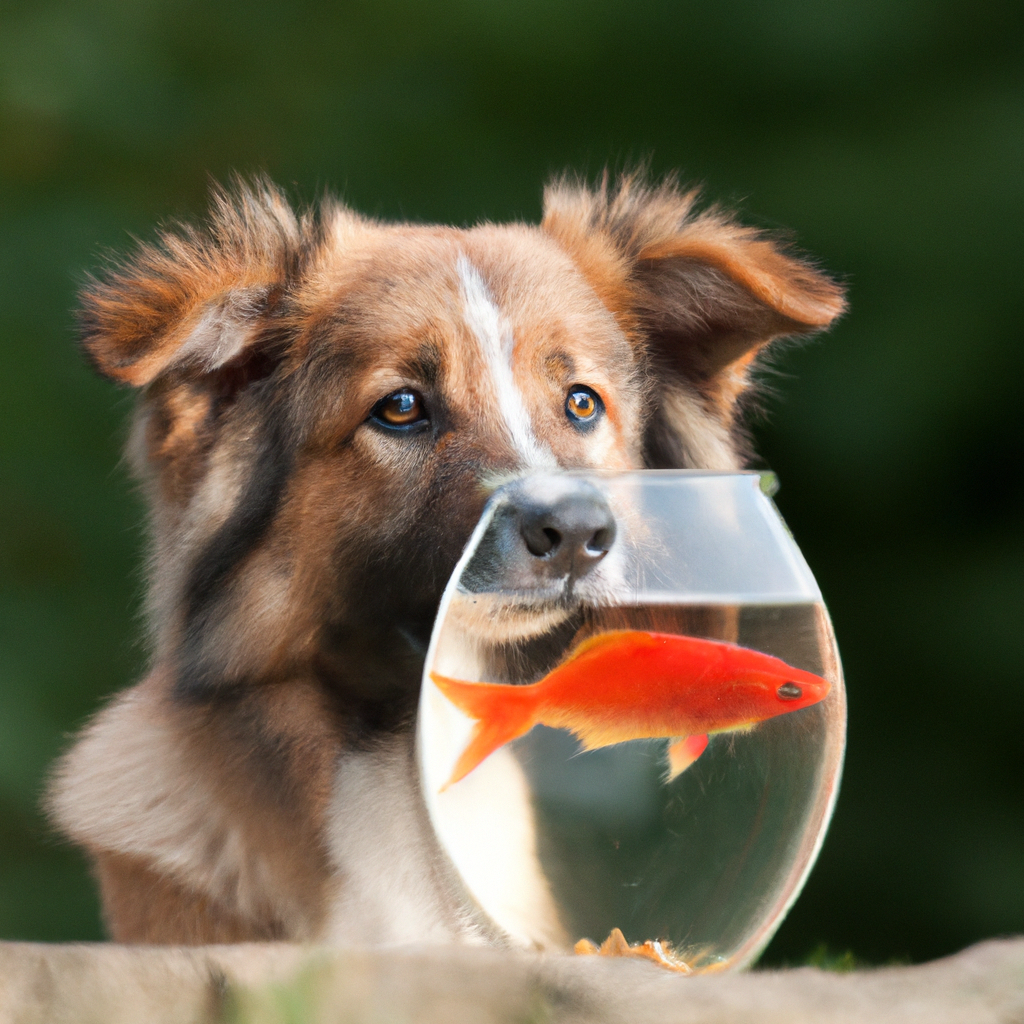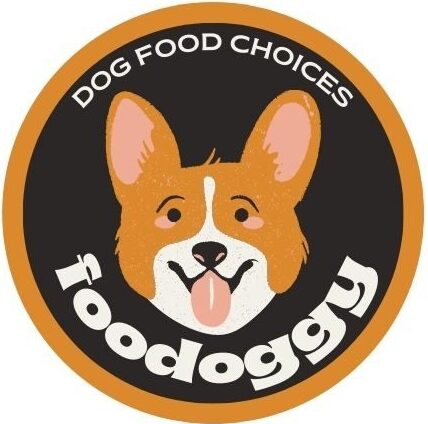Swimming around in a tank of water, goldfish appear as harmless little creatures, but can a dog really eat one? The answer is surprisingly yes – though it is not recommended to feed goldfish to a dog. This article will explore the question of how many goldfish can a dog eat? And, of course the potential risks associated with feeding them to a pet.
Dogs of different breeds and sizes can have vastly different nutritional needs, and as such, it is hard to give a definitive answer as to how many goldfish can a dog eat. However, feeding goldfish to a dog is rarely a good idea, as they can contain parasites and bacteria that could potentially make a pet ill. Furthermore, goldfish are not a complete food source and do not contain all the nutrients a dog needs to stay healthy.
Can Dog Eat Goldfish?
The Can dog eat goldfish question is one that many pet owners grapple with. To ensure the safety and well-being of both the goldfish and the dog, it is important to consider the types of goldfish safe to feed dogs, the recommended portion sizes, and the signs of goldfish poisoning. Caring pet owners must take the time to learn about the risks involved and understand the best way to feed goldfish to their beloved dogs.

Types of Goldfish Safe to Feed Dogs
Stepping away from the discussion of portion sizes and signs of goldfish poisoning, let us explore the types of goldfish that can safely be fed to a dog. It is important to recognize that while goldfish can provide a healthy snack for a dog, not all types are suitable.
Wild goldfish should never be fed to a pet dog, as these may contain parasites that can be detrimental to a canine’s health. Furthermore, the risk of bacteria-borne illnesses is significantly greater with wild-caught fish. To ensure your dog’s safety, consider only feeding them goldfish that you know have been bred in safe and hygienic conditions.
Domesticated goldfish are generally safe to feed to your pet, as long as they are fed in moderation and not as a steady staple of the diet. Similarly to other fish, it is important to ensure that the goldfish has been properly cooked before feeding it to your dog. Raw goldfish can contain certain parasites and bacteria that can prove hazardous to your pet’s health.
Overall, if you are considering feeding your dog goldfish, it is important to do your research and take the necessary precautions to ensure your pet’s well-being. Can a dog eat goldfish? Yes, provided that it is of the right kind and prepared correctly.
Read more about salmon skin and shrimp tails for dogs
Recommended Portion Sizes
Having considered the types of goldfish safe for dogs to eat, the next step is to look at portion sizes. Care must be taken to ensure the amount of goldfish fed to a dog is not too much, as it can lead to goldfish poisoning. A good rule of thumb is to start with small amounts and monitor the dog’s response.
To help owners decide on an appropriate amount of goldfish for their pup, here is a handy table that provides portion size guidance for the different age groups:
|
Age Group |
Serving Size |
Frequency |
|---|---|---|
|
Puppy |
1/4 teaspoon |
Once daily |
|
Adult |
1/2 teaspoon |
Once daily |
|
Senior |
1/4 teaspoon |
Once daily |
It is important to remember that goldfish should never make up more than 10% of a dog’s daily calorie intake. Owners should also be mindful of the goldfish’s nutritional value and must provide a balanced diet of other foods to ensure their pet is getting the right nutrients. If owners are worried, they should speak to a veterinarian to ensure they are providing the correct amount of goldfish.
What Happened if a Dog Eat Goldfish?
As curious as it may sound, it is not uncommon for dogs to eat goldfish. The question then becomes: what happens if a dog eats goldfish? The answer is not as simple as it may seem. Depending on the type, size, and quantity of goldfish consumed, the consequences can range from minor to life-threatening.
The benefits of goldfish for dogs are clear: they are an excellent source of protein, calcium, and other essential nutrients. Goldfish also contain fatty acids, which can help improve a dog’s coat and skin. Goldfish are small, soft, and easy to eat, which makes them an ideal snack for dogs.
However, the disadvantages of goldfish for dog health are also worth considering. Goldfish contain a chemical called thiaminase, which can cause a deficiency in Vitamin B1. A Vitamin B1 deficiency can lead to neurological problems, such as seizures and loss of coordination. Goldfish also contain a lot of fat, so if a dog eats too much, he can become obese.
Goldfish can also cause blockages in the intestines if eaten in large quantities. If a dog eats a large number of goldfish, he may experience vomiting, diarrhea, and other gastrointestinal problems. It is essential to monitor a dog’s goldfish consumption and make sure he does not eat too much.
In conclusion, goldfish can be a healthy snack for dogs, but it is important to consider the potential risks and monitor a dog’s consumption. A dog eating too many goldfish may suffer from nutritional deficiencies, obesity, or intestinal blockages. Goldfish should be given as an occasional treat, not as a regular part of a dog’s diet.
Conclusion
The answer to how many goldfish a dog can eat is “not many”. Goldfish are not a healthy treat for dogs and should be avoided at all costs. If a dog does eat goldfish, it can cause digestive problems and even lead to more serious health issues. The best way to keep your pup safe is to provide them with treats that are specifically designed for them and to keep goldfish out of reach. So, the next time your pup is looking for a snack put away the goldfish and make sure to provide your pup with a healthy treat!
